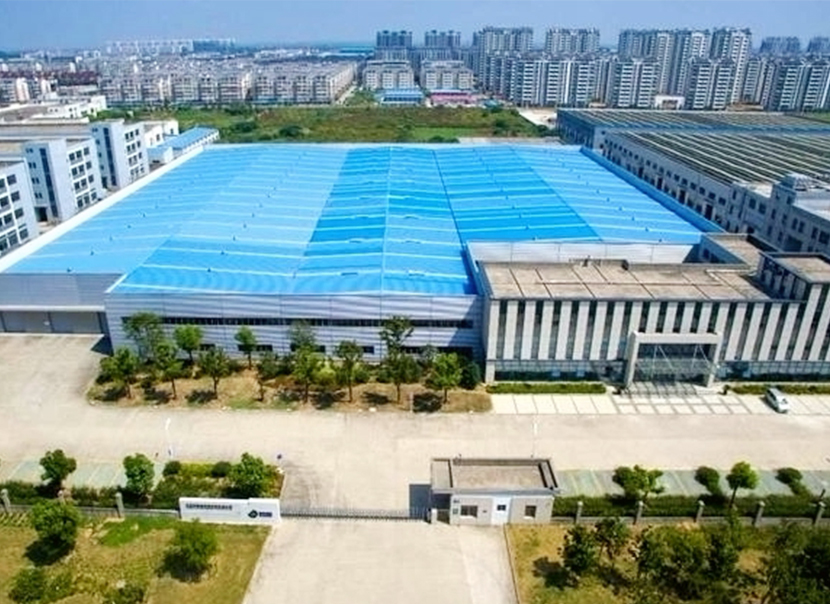What are the key factors affecting the efficiency of a specialty Specialty Noodle Production Line?
Equipment Quality and Maintenance: The quality, reliability, and proper maintenance of machinery and equipment play a crucial role in production efficiency. Regular maintenance schedules and prompt repair of any malfunctions are essential to minimize downtime and ensure consistent output.
Process Optimization: Streamlining the production process to eliminate unnecessary steps, reduce material waste, and maximize throughput is vital for efficiency. This includes optimizing recipe formulations, cooking times, cooling processes, and packaging procedures.
Raw Material Management: Efficient handling and management of raw materials are essential to minimize waste and ensure consistent quality. This involves sourcing high-quality ingredients, proper storage, accurate measurement, and efficient transportation within the production facility.
Labor Skills and Training: Skilled and adequately trained personnel are essential for operating equipment efficiently, maintaining quality standards, and troubleshooting issues as they arise. Continuous training programs can improve employee proficiency and overall productivity.
Automation and Technology: Incorporating automation and advanced technologies such as sensors, control systems, and robotics can enhance efficiency by reducing manual labor, improving precision, and increasing production speed. Automation can also facilitate real-time monitoring and adjustment of production parameters for optimal performance.
Quality Control Measures: Implementing robust quality control measures throughout the production process is crucial for detecting defects or deviations from specifications early on. This includes regular inspections, testing procedures, and adherence to strict quality standards to minimize rework and waste.
Understand the Specialty Noodle Production Line
A
Specialty Noodle Production Line refers to a manufacturing system designed specifically for the production of various types of specialty noodles. Specialty noodles are distinct from standard noodles in that they often feature unique ingredients, flavors, shapes, or textures, catering to specific tastes or dietary preferences.
Raw Material Handling: The production process begins with the handling of raw materials, including flour, water, and any additional ingredients required for specialty noodle recipes. These ingredients are carefully measured and mixed according to precise formulations.
Mixing and Kneading: In this stage, the ingredients are mixed and kneaded to form a uniform dough. The dough mixing process is crucial for ensuring proper hydration of the flour and development of gluten, which contributes to the texture and elasticity of the noodles.
Sheeting and Rolling: The dough is then passed through a series of rollers or sheeters to flatten it into thin sheets of uniform thickness. Depending on the desired noodle type, the sheets may undergo multiple passes through the rollers to achieve the desired thickness.
Cutting and Shaping: Once the dough sheets reach the desired thickness, they are cut and shaped into the specific style of noodles. This may involve cutting the sheets into strips for traditional noodle shapes like spaghetti or fettuccine, or feeding the dough through specialized dies to create unique shapes or textures.
Cooking: The freshly cut noodles are then cooked in boiling water or steam to achieve the desired texture and doneness. The cooking time may vary depending on the type of noodle and the desired firmness or chewiness.
Cooling and Drying: After cooking, the noodles are rapidly cooled to stop the cooking process and prevent overcooking. They are then dried to remove excess moisture and stabilize the product for storage. Drying methods can include air-drying, steam drying, or using specialized drying equipment such as conveyor dryers or vacuum dryers.
Packaging: Once dried, the noodles are packaged into consumer-friendly portions for distribution and sale. Packaging materials may vary depending on factors such as shelf life requirements, product visibility, and consumer preferences.
Quality Control: Throughout the production process, quality control measures are implemented to ensure that the noodles meet strict quality standards for texture, flavor, appearance, and safety. This may involve visual inspections, sensory evaluations, and laboratory testing of samples from each batch.
Automation and Control Systems: Many Specialty Noodle Production Lines incorporate automation and control systems to streamline the manufacturing process, improve efficiency, and ensure consistency in product quality. Automated equipment such as dough mixers, noodle cutters, and packaging machines can increase throughput and reduce labor requirements.
Cleaning and Sanitation: Proper cleaning and sanitation procedures are essential to maintain hygiene and prevent contamination in the production facility. Regular cleaning schedules, sanitation protocols, and equipment maintenance are critical aspects of food safety compliance in noodle production.
